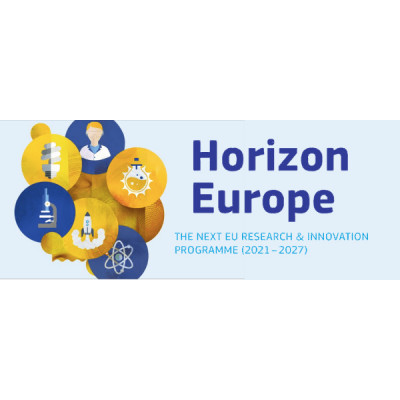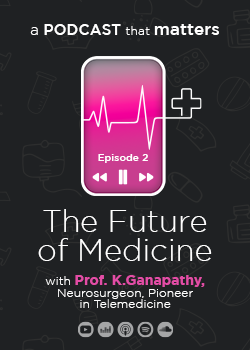
Neural Circuits Enabling Navigational Simulations: MentalTravel
Details
Description
Programme(s): HORIZON.1.1 - European Research Council (ERC)
Topic(s): ERC-2022-COG - ERC CONSOLIDATOR GRANTS
Call for proposal: ERC-2022-COG
Funding Scheme: ERC - Support for frontier research (ERC)
Grant agreement ID: 101087404
Objective:
One of the most notable features of the brain is the ability to simulate possible consequences of a behavioural choice that has not even been experienced in the real world. While this ability is likely fundamental for our intelligence and creativity, its neural circuit basis is largely unclear. To tackle this problem, we will focus on the rat’s ability of spatial navigation, finding an optimal path to a remote destination that is located outside the range of sensory perception. This ability is thought to be supported by the brain’s internal map that allows an animal to estimate its future position followed by planned movements. While the hippocampal formation has been the primary focus of research on the brain’s spatial map, it mainly tracks an animal’s position and its nearby trajectories. By contrast, the brain has another internal map in the orbitofrontal cortex (OFC) that points to an animal’s goal destination throughout navigation. Because this goal coding emerges autonomously in the network without relying on explicit external cues, it can be considered part of the brain’s inner reasoning process for future behaviours. Here we will explore how this internally-set goal can emerge in the OFC network through interactions with its associated regions – thalamus and neuromodulatory systems. We will then explore how this goal coding can be used to plan an optimal goal-directed path by avoiding known obstacles in the environment. Since this process likely requires the cooperation of two internal maps in OFC and the hippocampus, we will elucidate the underlying circuit mechanism that employs multiple map systems in parallel. We will take advantage of state-of-the-art experimental and analysis techniques to decipher neural codes for navigational simulations. The OFC and the hippocampus are the regions often affected by psychiatric disorders, and their role in inner reasoning may provide new insights into their pathophysiology.
